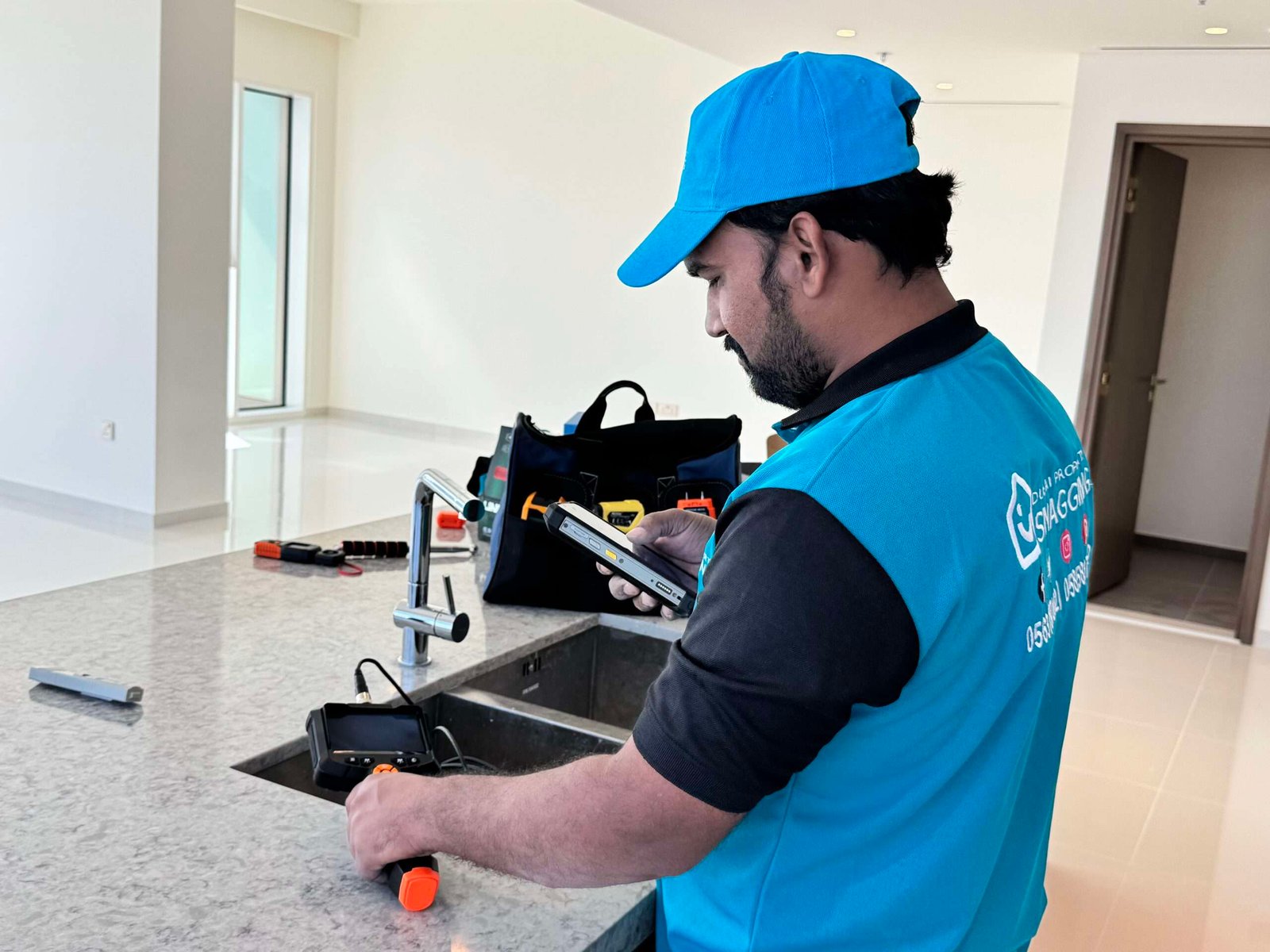How Snagging Reduces the Risk of Construction Delays
When it comes to owning a property, whether it’s a new home, an apartment, or a real estate investment, ensuring that the property is in perfect condition before you take possession is crucial. One of the most effective ways to guarantee this is through snagging. Snagging is the process of identifying and rectifying defects in a property, typically before the handover of the building. This essential inspection service helps reduce the risk of construction delays, ensuring that your property is ready for immediate use. In this blog, we will dive into how snagging works, its benefits, and how it contributes to reducing delays in the construction process.
What is Snagging?
Snagging refers to the detailed inspection of a property for any defects or unfinished work before the handover process. It involves inspecting both the visible and hidden areas of a building to identify any construction flaws, such as damaged finishes, faulty plumbing, or electrical issues that may not meet the required standards. Snagging engineers are experts who carry out this inspection and provide a detailed report of any issues they find.
The Importance of Snagging
For homeowners, apartment owners, or real estate investors, snagging serves as an essential safeguard against potential property defects that may be missed during the standard construction process. Without snagging, minor defects could go unnoticed, leading to costly repairs and inconvenient delays later down the line. By identifying issues early, snagging ensures that the property is in excellent condition before taking possession, reducing the chances of unexpected construction delays.
Why is Snagging Necessary?
Preventing Delays in the Handover Process
One of the main reasons snagging reduces the risk of construction delays is because it addresses potential issues before the handover. If defects or unfinished work are discovered during the handover inspection, it could delay the delivery of the property to the homeowner or real estate owner. Snagging helps avoid this situation by ensuring that the construction company addresses any issues ahead of time.
By conducting a thorough inspection, snagging engineers ensure that the property is ready for immediate use without delays. The comprehensive nature of the inspection means that no stone is left unturned, allowing both the builder and the buyer to address problems proactively.
The Role of Warranty Inspections and the Defect Liability Period
Another critical aspect of snagging is its role in the defect liability period. This period, which often lasts for a year or two after the handover, allows homeowners to report any defects that were not identified before the handover. However, if these issues are discovered late or if proper property inspections weren’t conducted initially, it can lead to disputes between the homeowner and the builder. Early snagging inspections ensure that the builder takes responsibility for all defects before the end of the defect liability period, which helps in preventing delays and future problems.
How Does Snagging Reduce the Risk of Delays?
Early Identification of Property Defects
The primary benefit of snagging is that it identifies property defects early in the construction process. Whether it’s an issue with the flooring, plumbing, or electrical systems, finding and resolving these problems before the handover ensures that the builder has ample time to address them. This early action helps prevent delays caused by last-minute repairs that may otherwise hinder the handover process.
By having a snagging report that outlines all the defects and issues, homeowners can ensure that the builder resolves them promptly. This means that both parties are aware of the required fixes before the handover, minimizing the chances of delays occurring later on.
The Role of Secondary Market Inspections
In addition to new properties, snagging an essential role in the secondary market inspections of properties. For instance, when purchasing an older property or an apartment from a previous owner, there may still be hidden defects or issues that were not addressed before the sale. A snagging inspection in such cases ensures that any underlying issues are identified and resolved before the new owner takes possession.
This is particularly important in Dubai, where properties may be resold multiple times. Conducting a property inspection before buying ensures that the new owner is fully aware of any existing problems and can plan for necessary repairs without unexpected delays.
Ensuring Quality Assurance During Construction
During construction, builders are often under tight deadlines to complete the project. However, rushing to meet these deadlines can sometimes result in subpar workmanship, leading to defects that may cause delays in the future. Snagging helps to enforce quality assurance by identifying these issues early, ensuring that the builder fixes them before finalizing the construction.
A handover inspection is crucial in maintaining quality assurance standards, as it evaluates whether the construction meets the contract’s specifications. Without this inspection, the project may face delays due to the discovery of substandard work that requires fixing after the handover.
When Should Snagging Be Done?
Before Handover
The best time for snagging is just before the handover services are provided. This allows the builder to address any defects or unfinished work, and ensures that the property is handed over in perfect condition. This timing helps to avoid any unnecessary delays in possession.
During the Defect Liability Period
While snagging is ideally done before handover, it’s also important to conduct warranty inspections during the defect liability period. If any defects appear after the handover, they can still be addressed under the warranty, ensuring that the homeowner doesn’t have to bear the cost of repairs.
By conducting property inspections regularly during the defect liability period, you can keep track of any emerging issues and ensure that they are resolved in a timely manner, minimizing future delays or disputes.
Conclusion: The Power of Snagging in Reducing Delays
In conclusion, snagging plays a pivotal role in reducing the risk of construction delays. By identifying property defects early, ensuring quality assurance, and facilitating proactive repairs, snagging engineers help to prevent unexpected issues from arising during the handover process. Whether you are a homeowner, apartment owner, or real estate investor in Dubai, it’s essential to invest in snagging and take advantage of the comprehensive services it offers.
A snagging report provides a detailed report of all identified issues, allowing both the builder and the homeowner to work together to ensure the property is delivered on time and in optimal condition. By addressing potential problems before they become major delays, snagging ensures that your property is ready for use without unnecessary hassle.
So, if you’re about to take possession of your property or are looking to sell or invest in Dubai properties, make sure to incorporate snagging into your process. It’s an investment that will save you time, money, and a lot of stress down the road.




